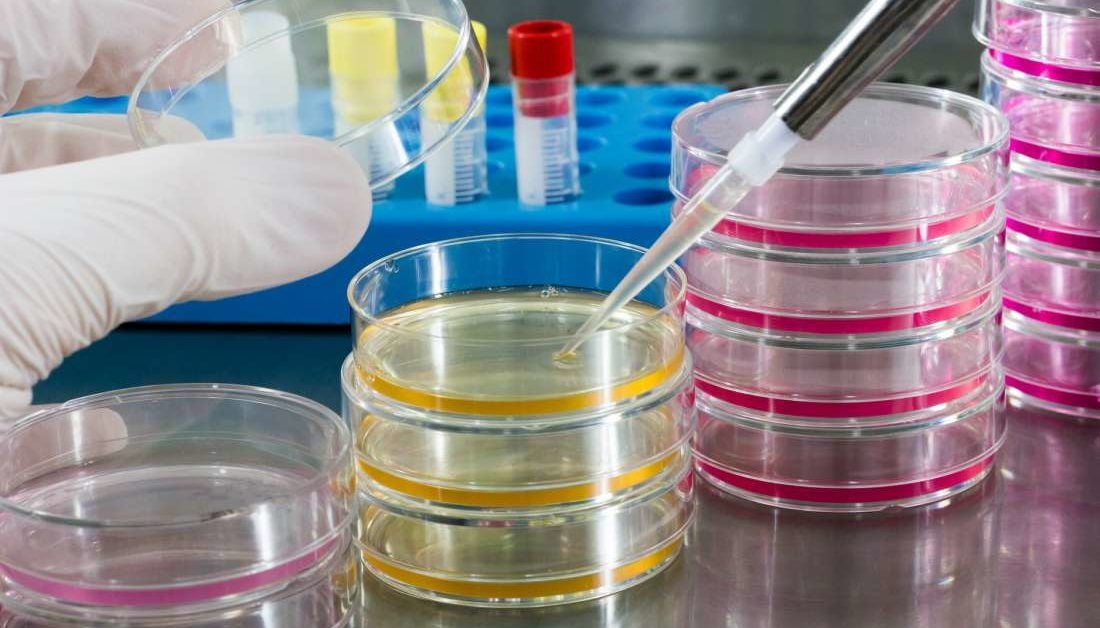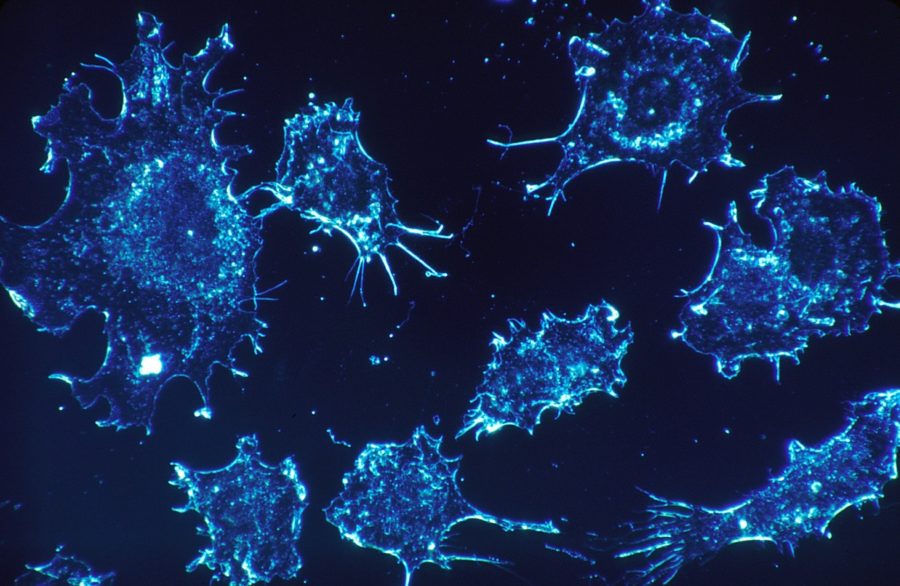Most cancer cells grown in a dish have little in common with cancer cells in people, research finds.
The following written content via Johns Hopkins Medicine
In a bid to find or refine laboratory research models for cancer that better compare with what happens in living people, Johns Hopkins Medicine scientists report they have developed a new computer-based technique showing that human cancer cells grown in culture dishes are the least genetically similar to their human sources.

The finding, they say, should help focus more resources on cancer research models such as genetically engineered mice and 3D balls of human tissue known as “tumoroids” to better evaluate human cancer biology and treatments, and the genetic errors responsible for cancer growth and progress.
“It may not be a surprise to scientists that cancer cell lines are genetically inferior to other models, but we were surprised that genetically engineered mice and tumoroids performed so very well by comparison,” says Patrick Cahan, Ph.D., associate professor of biomedical engineering at The Johns Hopkins University and the Johns Hopkins University School of Medicine and lead investigator of the new study.

The new technique, dubbed CancerCellNet, uses computer models to compare the RNA sequences of a research model with data from a cancer genome atlas to compare how closely the two sets match up.
The researchers found that, on average, genetically engineered mice and tumoroids have RNA sequences most closely aligned with the genome atlas baseline data in 4 out of every 5 tumor types they tested, including breast, lung and ovarian cancers.
The investigators say their work adds to evidence that cancer cell lines grown in the laboratory have less parity with their human source because of the complex differences between a human cell’s natural environment and a laboratory growth environment. “Once you take tumors out of their natural environment, cell lines start to change,” says Cahan.
Scientists worldwide rely on a range of research models to improve their understanding of cancer and other disease biology and develop treatments for conditions. Among the most widely used cancer research models are cell lines created by extracting cells from human tumors and growing them with various nutrients in laboratory flasks. Read more from Science Daily.





